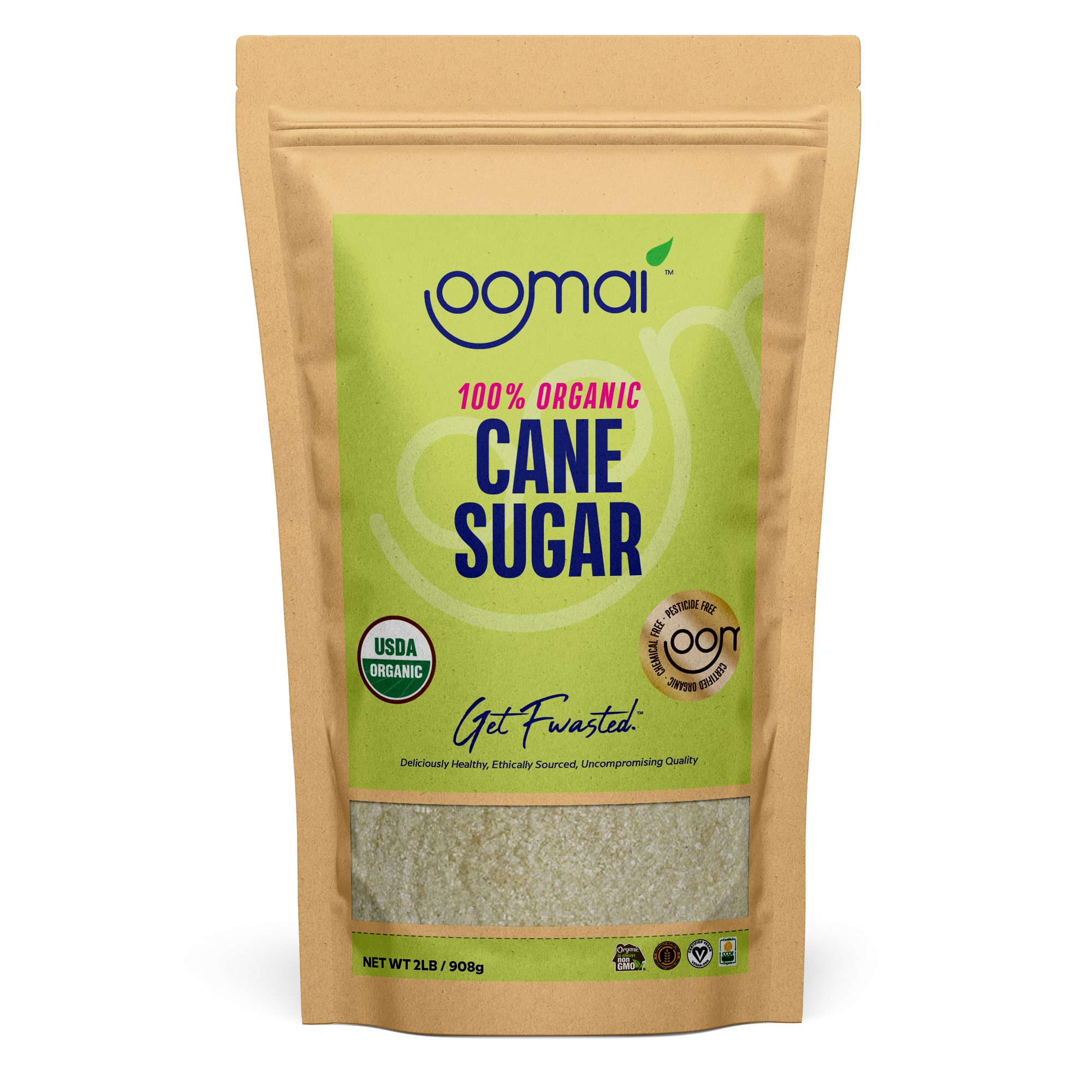What Is Sugar Cane Used For in Pharmaceuticals? Drug Development Potential
Wiki Article
Exploring the Versatile Uses of Sugar Cane Beyond Sugar
Sugar Cane is often associated solely with sweeteners, yet its applications extend far beyond. This functional crop plays an essential role in different sectors, including biofuels and bioplastics. Additionally, its fibers add to lasting building and textiles. The financial ramifications of sugar Cane manufacturing better underscore its value. As innovations continue to emerge, the possibility of sugar Cane to drive environmental and economic innovations comes to be progressively apparent. What other shocks does this durable plant hold?The Role of Sugar Cane in Biofuels
As nations seek lasting power sources, sugar Cane has emerged as an important player in the biofuels market. This tropical plant is abundant in sucrose, which can be fermented to create ethanol, a sustainable fuel choice to fossil gas. The farming of sugar Cane for biofuel manufacturing not only lowers greenhouse gas exhausts however additionally adds to energy security, particularly in sugar-producing countries.Sugar cane-derived ethanol can be combined with fuel, improving its octane rating and minimizing reliance on non-renewable resources. The results of sugar Cane processing, such as bagasse, are useful for generating electrical energy, making the whole production cycle energy-efficient.
Research remains to explore advanced approaches for making best use of energy return from sugar cane, strengthening its role in the shift to cleaner power services. As global demand for sustainable fuels rises, sugar Cane sticks out as an important part of the biofuel sector.
Sugar Cane as a Source of Bioplastics
Although the environmental impacts of plastic contamination are significantly concerning, sugar Cane supplies an appealing choice as a resource of bioplastics. Originated from sustainable resources, bioplastics made from sugar Cane can significantly reduce reliance on petroleum-based plastics. These bioplastics are generated via the fermentation of sugars removed from the cane, leading to materials that can be naturally degradable or compostable, relying on their solution.Making use of sugar Cane bioplastics not just diminishes carbon discharges but also promotes sustainable agricultural practices. By utilizing agricultural waste and results, the total ecological impact of manufacturing is lessened. In addition, items made from sugar Cane bioplastics can flawlessly incorporate right into existing waste administration systems, addressing concerns concerning waste buildup.
As markets seek sustainable solutions, sugar cane-based bioplastics stand for a sensible choice that straightens with global efforts to combat plastic air pollution and cultivate a round economy.
Medicinal Applications of Sugar Walking Stick
Sugar Cane is identified for its antioxidant buildings, which add to different wellness advantages. Furthermore, it has actually been used in standard remedies throughout cultures, highlighting its importance in all-natural medicine. These features underscore the capacity of sugar Cane in the field of medicinal applications.
Antioxidant Properties of Walking Cane
Various researches have disclosed that sugar Cane possesses significant antioxidant buildings, making it an important element in medicinal applications. The phenolic substances located in sugar cane, such as flavonoids and phenolic acids, add to its capacity to counteract totally free radicals, consequently reducing oxidative tension in the body. This antioxidant task is linked to various health and wellness advantages, consisting of enhanced cardio health and enhanced immune function. In addition, sugar Cane essences have been revealed to display anti-inflammatory effects, which can even more support general wellness. By combating oxidative damages, sugar Cane might play a role in the prevention of chronic illness, making it a fascinating topic of research for its prospective healing usages in modern-day medication.Conventional Remedies and Utilizes
While contemporary medicine frequently counts on artificial substances, typical treatments making use of sugar Cane emphasize its longstanding relevance in numerous societies. In lots of tropical areas, sugar Cane juice has actually been utilized as a natural remedy for disorders such as dehydration and digestive issues. Its high water content and vital nutrients make it a preferred therapy for urinary system system infections and kidney stones. Additionally, sugar Cane is believed to possess anti-inflammatory properties, assisting in the alleviation of sore throats and breathing conditions. Herbal remedies frequently incorporates sugar Cane in mixtures to improve energy and improve overall health. These age-old practices emphasize the adaptability of sugar walking stick, extending its worth beyond sweet taste to include health and wellness applications.Eco-Friendly Building And Construction Products From Sugar Cane
Sugar walking cane, commonly acknowledged for its sweet yield, is obtaining attention as a resource of green building products. These materials use sustainable structure options, featuring naturally degradable composites that reduce ecological effect. Additionally, sugar cane-derived products provide reliable insulation properties, enhancing power efficiency in frameworks.Lasting Building Solutions
As the worldwide need for lasting building products climbs, innovative services originated from sugar Cane have actually become a feasible option. my blog This renewable resource provides numerous applications in eco-friendly building solutions, specifically via its by-products. Sugar Cane fibers, known for their strength and durability, can be utilized in producing insulation materials and composite panels. Furthermore, the juice and molasses from sugar Cane can be refined right into bio-based adhesives, lowering reliance on petroleum-based items. Making use of sugar Cane not only reduces waste yet likewise adds to decrease carbon exhausts throughout manufacturing. Moreover, incorporating these products into building techniques supports the circular economic climate, promoting sustainability while resolving the pushing environmental difficulties dealt with by the building sector.Biodegradable Compound Products
Naturally degradable composite materials have actually garnered focus as sustainable alternatives in construction, particularly those stemmed from sugar walking cane. These materials utilize the fibrous byproducts of sugar walking cane, such as bagasse, to develop composites that are both strong and light-weight. By integrating these all-natural fibers, producers can produce products that reduce dependence on non-renewable sources and traditional plastics. The lasting nature of sugar Cane composites not only minimizes ecological effect however additionally supports farming economic situations by offering added revenue streams for farmers. On top of that, the biodegradability of these composites warranties that they do not add to long-term waste in garbage dumps. As the construction market looks for greener services, sugar cane-derived compounds present an appealing path toward extra eco-friendly structure practices.
Insulation Residences and Conveniences
The insulation residential or commercial properties of environment-friendly building products originated from sugar Cane deal significant advantages in power performance and environment control. Sugar Cane fibers have all-natural shielding qualities that aid regulate interior temperature levels, decreasing the requirement for extreme heating or cooling. This characteristic adds to reduce power consumption, promoting sustainability in building methods. In addition, using sugar cane-based insulation products is valuable for indoor air top quality, as they resource are less most likely to give off volatile organic compounds (VOCs) compared to traditional insulation items. In addition, these materials are biodegradable, aligning with eco-conscious building and construction objectives. As the building industry looks for greener options, sugar cane-derived insulation sticks out as an appealing solution that incorporates functionality with environmental responsibility, sustaining both energy savings and environmental preservation.Sugar Cane in the Textile Market
Frequently forgotten, sugar Cane plays a considerable function in the fabric market, mostly via the manufacturing of sustainable fibers. These fibers, acquired from the plant's results, are increasingly identified for their environmentally friendly buildings. Sugar Cane fibers, such as bagasse and sisal, are durable and eco-friendly, making them attractive alternatives to traditional artificial fibers.Their use in textiles advertises sustainability by decreasing dependence on petroleum-based products while also giving a method for waste decrease from sugar production. In addition, developments in fabric handling have allowed suppliers to blend sugar Cane fibers with other materials, boosting the total quality and versatility of textiles.
This shift towards integrating sugar Cane in textiles shows a more comprehensive fad in the industry, going for eco responsible practices. As demand for lasting materials remains to increase, sugar cane's function in textiles might broaden, offering both economic and eco-friendly advantages.
Nutritional Conveniences and Animal Feed

Furthermore, sugar Cane includes important minerals and vitamins that boost the nutritional profile of pet feed, improving immunity and general well-being. Its sweet preference and palatability make it an attractive feed alternative, encouraging feed intake amongst animals. By integrating sugar Cane right into their diets, livestock producers can reduce reliance on conventional feed sources, possibly lowering feed prices while preserving pet health and productivity. Sugar Cane emerges as a nutritious and lasting option in the field of pet agriculture.
The Economic Effect of Sugar Cane Manufacturing
While several agricultural assets add to local economic climates, sugar Cane production stands out because of its substantial economic influence throughout various regions. This functional crop not only supplies employment possibility in farming, handling, and circulation but likewise sustains secondary industries such as transport and production. In countries like Brazil and India, sugar Cane is an essential driver of rural growth, promoting financial security and boosting source of incomes.The byproducts of sugar walking cane, consisting of ethanol and molasses, better diversify earnings streams, developing added markets and lowering dependency on conventional sweeteners - What Is Sugar Cane Used For. Additionally, as worldwide need for renewable power surges, the duty of sugar Cane in biofuel manufacturing is becoming significantly famous, drawing in financial investments and enhancing neighborhood economies. On the whole, the financial ramifications of sugar Cane manufacturing are profound, influencing both neighborhood work markets and broader economic trends in regions reliant on this important plant
Regularly Asked Questions
Just How Is Sugar Cane Processed Into Biofuels?
The handling of sugar Cane into biofuels entails drawing out juice, fermenting it right into ethanol, and improving the item. This method takes advantage of the plant's natural sugars, changing them into renewable resource sources for different applications.What Are the Ecological Benefits of Making Use Of Sugar Walking Stick?
The ecological benefits of making use of sugar Cane include minimized greenhouse gas emissions, improved dirt health and wellness via lasting farming techniques, and reduced reliance on nonrenewable fuel sources, which jointly contribute to an extra environmentally friendly and lasting agricultural system.
Can Sugar Cane Be Expanded in Any Climate?

Sugar Cane prospers in exotic and subtropical climates, needing warm temperature levels, ample sunshine, and enough rains. Its development is restricted in chillier areas, making it unsuitable for temperate or arctic environments where frost takes place.
What Are the Historical Uses of Sugar Cane?
Historically, sugar Cane served different purposes beyond sweetening - What Is Sugar Cane Used For. It was utilized for producing rum, as a source of biofuel, in standard medicine, and for crafting materials like paper and molasses, showcasing its varied applications throughout various societiesJust How Does Sugar Cane Effect Local Economies?
The impact of sugar Cane on local economic climates is considerable, offering work, enhancing farming fields, and promoting trade. Its farming sustains rural incomes and stimulates neighborhood markets, adding to total economic development and community development.The financial ramifications of sugar Cane production better emphasize its relevance. Obtained from renewable sources, bioplastics made from sugar Cane can significantly decrease dependence on petroleum-based plastics. Naturally degradable composite products have actually amassed attention as lasting alternatives in building, especially those derived from sugar walking stick. These materials use the fibrous byproducts of sugar walking stick, such as bagasse, to create composites that are both solid and lightweight. While several farming assets contribute to regional economies, sugar Cane manufacturing stands look here out due to its significant financial influence throughout different regions.
Report this wiki page